Seshat
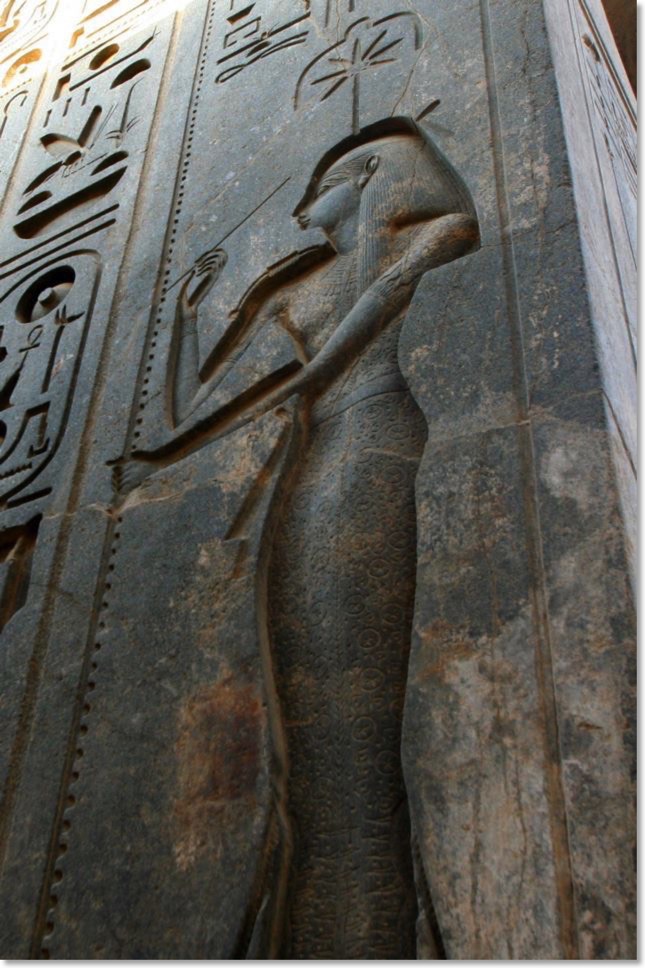
To pick up where we left off from the last blog on Thoth...
Every day I sat on the balcony and took walks to magnify and make stronger the Thothian tone that was surging through me and everything I could sense. It was there in nature, in the biology of man, in the stars and galaxies I could touch with my mind. The very air was thick with this vibration. I found as I dove further into my particular signature in Thoth, a feminine presence or quality grew noticeable and unmistakable. This had nothing to do with my gender; there was a distinct female polarity to Thoth’s nature.
Along my walks, there is a sacred grove I passed through. It was inhabited by a species type of, what humans think of as, faerie. They lived in the trees, were about five inches tall. A whole community lived there. I would often converse with them, and sit and meditate in their grove. That place felt so sacred and magical. One day, as I was tuning into Thoth in the sacred grove, to experience those waves in this special place, the feminine presence came through very strongly. As I was marveling about this, I was thanking the faerie for alighting and raising the vibration of this small patch of forest with their presence, so that my sensitivities could be heightened. But they corrected me.
“Amie,” they said, “we didn’t make this place so sacred. You did. You created these groves. We so fell in love with them we chose to settle our homes here.”
“In the creation of Earth,” they continued, “you desired to create in-between realms, or a thinning of the veil in certain places of nature, so that those sensitive, and who desired to, from each dimension, might be able to meet one another and coexist together. You created sacred places all over this world.” They flashed through my mind geographical locations in all the ecosystems represented on Earth. I could feel the female Thothian signature interlaced in each place, almost like a lit energy matrix coalescing a certain section, some larger coverages than others. “When we found that you were here, in this location, we came hoping to interact with you. We wish to thank YOU for these sacred places. It is not we, you should be thanking.”
Their response made me cry, it touched straight through my heart. I was also very determined when I got back to the house to research if there was any mention in man’s history for a female Thoth. The answer that lit across my computer screen was Seshat.
The Mythology of Seshat
The Mythology of Seshat is nearly identical to that of Thoth. Seshat precedes the deity of Thoth in Egyptian history. As Pharaohs introduced new gods or replaced them with other gods, Thoth grew in importance and absorbed Seshat’s role and priesthood, although for a time they coexisted side by side.
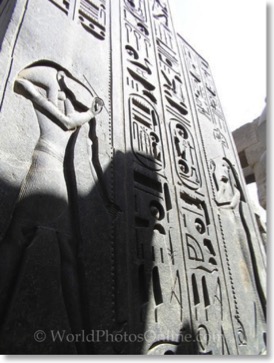
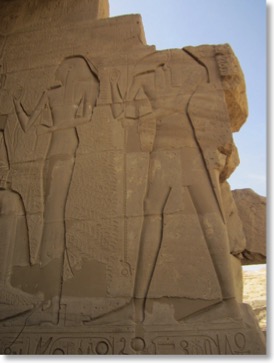
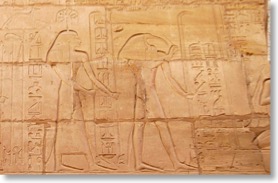
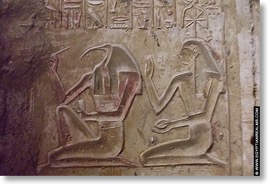
Originally, it was Seshat who was introduced as the Creator and Architect of the Universe. The Measurer and Recorder of Physical and Divine Space, Time, and Reality. The Inventor of Mathematics, Language, Writing, Art, Science, Philosophy, and Magic. The Deity of Wisdom and Justice. It is recorded that Seshat taught Thoth, and Thoth delivered all this to the people. In some cases Thoth was the Keeper of Seshat’s Library of Knowledge and in other translations it was vice versa.
Seshat is depicted with a seven pointed emblem, a star, or flower with a long stem, above her head. This headdress is considered to be her name, which has no phonetic equivalent, but has been interpreted as the source of all creativity and consciousness - “The Original One.” . Seshat means “She Who Scrivens” or Measures and Records. She wears a cheetah or leopard sheath dress, a High Priesthood garment worn to signify she presides over funeral rituals and the dead, and the specific pattern represents the stars and eternity. As Seshat became more associated with Thoth, a crescent moon was placed over the top of her seven pointed emblem to correlate with his moon identification. As Thoth replaced Seshat in history, where she either was known as a daughter, or wife, or just a female version and counterpart of him, the moon degenerated to two horns, or bow, shaping into a crescent moon but pointing downward. Other formations and translations are two hieroglyphic cobras facing each other touching.
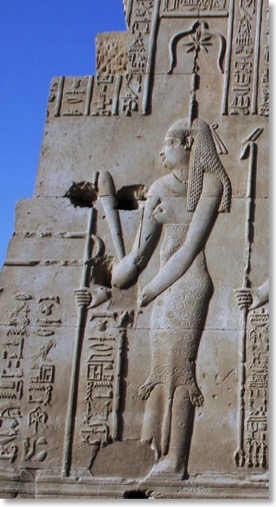
As Thoth is considered to be unrivaled with Osiris, so is Seshat with Isis. In the later dynasties she mostly was seen as the Foremost of Builders and Lady of the House of Books. Some Egyptians even called her the Goddess of the Dead. One of her key roles with the current Pharaoh was the stretching of the cord ritual where she manipulated time to extend his reign.
Fast Forward to 2016
I was astounded by what my research had shown. The feminine Thothian Creator signature I felt came to life before me. The extended nature that Seshat and Thoth were polarized expressions of the same identity, acknowledged by Ancient Egyptians as The Creator, Sustainer, and Source of All Life and Consciousness, caught my attention for a couple of important reasons. First, it addresses that the Egyptian deity known as Thoth and Seshat are personifications of someone more collectively vast and incomprehensible to completely fathom, and so is therefore represented in both genders. Second, the relationship I use of them today signifies more that they are descriptions of who I AM, rather than that I, as associated with this incarnation, claim to be intrinsically them.
Additionally, this partnership expressed another unique comparison to today. It describes the nature of how my Thothian brother, M7, and I, are engaged with this planet and each other. M7 is more interactive with humanity than I am purposed to do, though I collaboratively work with him. M7 decidedly takes more of a male polarity approach and, indeed, in this patriarchal system, man knows more of Thoth’s work than Seshat’s contributions. Therefore the understanding of the Source and Architect of this world is written and understood in male overtones. Yet the matriarchal quality, of which I resonate more, is announcing itself, to add, as it once did, a collective understanding and comprehension of the nature, voice, and actions of God.
Athena and Minerva
Seshat I learned about in 2016, a few months after I learned of my Thothian nature, or the resonance and God presence defined as Thoth and Seshat in Ancient Egypt. It is now 2018. I have moved away from that sacred grove and the wonderful faerie community there and now live in Texas. One starry evening, sitting out on my back patio communicating with the Arcturians, I asked, “How does my relationship with M7 translate to Hermes and Mercury?”
The Arcturians replied, “You need to go inside and study Athena.”
And that revelation (and to bring us up-to-date with the entry Aviatrix from a couple of weeks ago) is the next blog.
